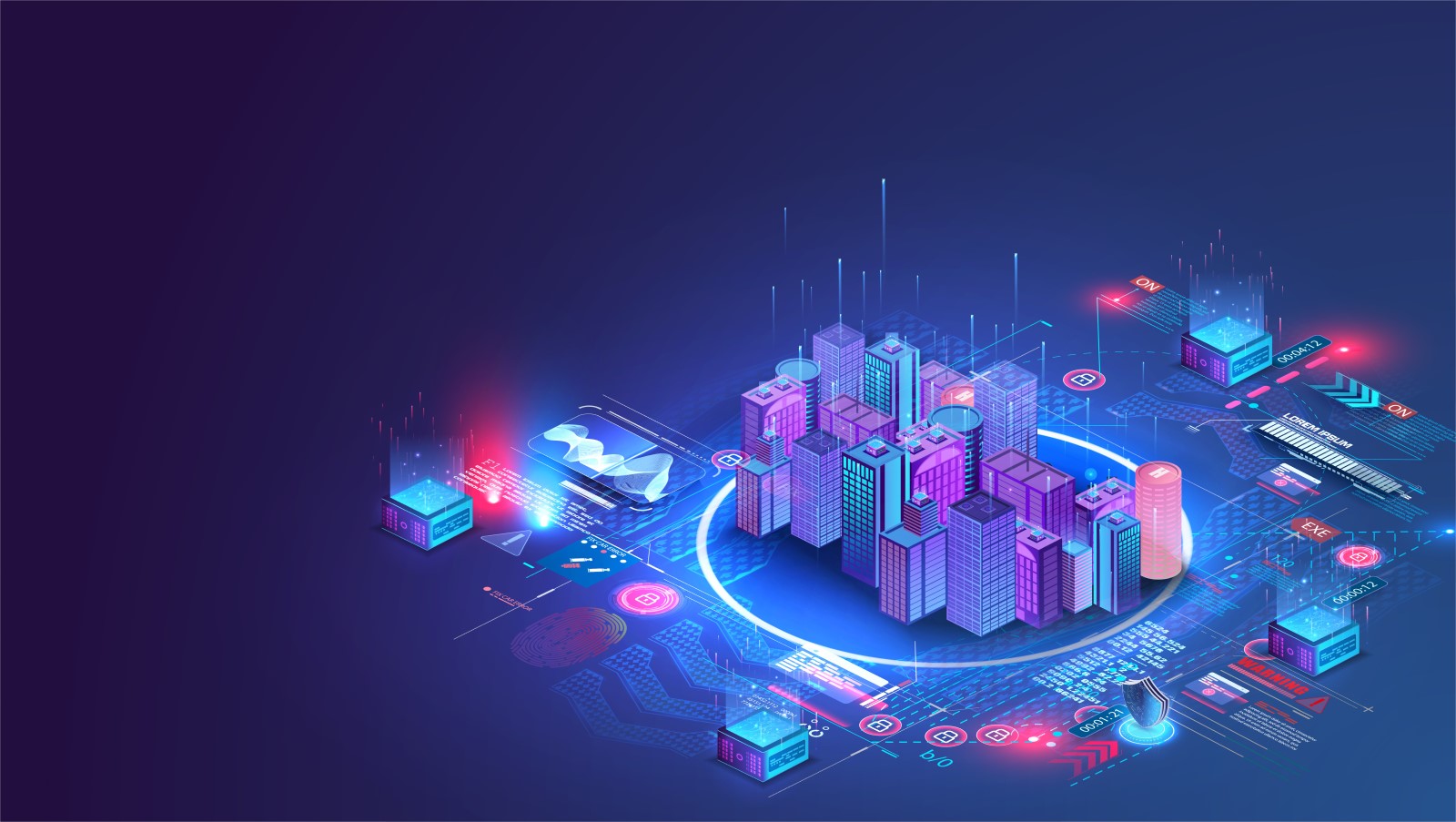
Intelligent building management systems represent the latest frontier in the ever-increasing integration and automation of building control systems. Let’s break down what an intelligent building management solution is and what it can do for your facility.
Getting Smart: Intelligent Building Management Systems
What makes a building smart? While technological convergence has allowed more and more systems to be monitored and controlled by a central building management system (BMS), a truly intelligent building management system (iBMS) represents a step-change in how a facility's systems can be controlled, monitored, and optimized.
Let’s take a look at what defines an iBMS, what it can do, and what benefits it might offer for your owners, investors, and tenants.
What Is an iBMS?
Building management systems have evolved from simple setups designed to automate control of HVAC functions to fully integrated systems that monitor and control systems from lighting to access control in line with parameters set by occupants or facility managers.
Early BMSs were driven by proprietary systems that made integration of multiple systems extremely challenging. As a result, leading suppliers developed specialist open-source software like BACnet that have become de facto standards for integration, allowing significant gains in facility-wide system control and optimization.
Now, however, two key technological drivers offer the potential to make buildings more efficient, responsive, and safe than ever:
The Internet Protocol
The original Internet Protocol (IP) has proven to be a remarkably robust standard, powering the online revolution from the 1990s onward. Today, ever-increasing IP addressability is rapidly replacing the idea of a single, centrally organized network to integrate and control individual building systems.
The Internet of Things
Piggybacking on this technology is a range of generic, autonomous, and relatively self-governing devices, from temperature sensors to security cameras, each individually connectable via IP to the wider world and each responsible for a particular dedicated task. Together, these devices are known as the Internet of Things (IoT).
Together, IP connectivity and a universe of IoT devices form the backbone of a new type of BMS, one that is:
- Distributed and infinitely connectable
- Driven by active monitoring and information sharing, and
- Built using standard software tools rather than industry-specific systems.
Such systems, at once more integrated and more open than ever before, are known as iBMSs.
How Do iBMSs work?
The power of iBMSs comes from their ability to connect traditional building management and automation systems to several powerful technological trends. These include:
Web Services
Web services are the heart of the IP-enabled IoT universe. Individually addressable devices, from servers down to smart light bulbs, are all connected via common widely used Internet-oriented languages or APIs rather than industry-specific protocols such as BACnet running on closed networks.
Analytics
When more devices can talk to each other, and where IoT devices are capable of both monitoring and regulating systems and sharing data, unique opportunities arise to share and process information across networks.
For example, information from smart smoke sensors can be compared with current air quality data to more closely monitor indoor air quality and prevent false alarms. Or, energy consumption across an entire network could be optimized to draw power from public networks when usage is lowest, based on real-time data.
Big Data
Continuous collection and processing of large amounts of data from an almost infinite range of sensors could allow systems to be optimized to a wide range of changing conditions.
For example, subtle patterns of heating or cooling use could be compared with years of weather records to predict future HVAC requirements.
Artificial Intelligence
Automated systems are already being made even more responsive through the use of artificial intelligence. Systems that “learn” how to better regulate themselves or respond to particular situations benefit from the huge amounts of data generated by IoT devices as well as the growing capacity to process this data for useful information.
Edge Computing
The distributed processing and self-governing capacities of IoT devices come with another advantage: increased resilience. With response and automation located closer to the “edge” of a network, a disruption such as a power failure to a central processor no longer means a total loss of network functionality. Increasingly, local systems can continue on their own.
Why Would You Want an iBMS?
While many of these examples might currently apply only to the largest or most advanced systems, iBMSs also offer advantages for smaller or less sophisticated installations.
These include:
- Energy savings due to increased efficiency and optimization
- Improved compliance due to better record-keeping and real-time reporting
- Ease of use using familiar web services and common interfaces, and
- Lower replacement costs for generic IoT devices.
How Do You Get an iBMS?
Intelligent building management systems are a fast-evolving field. Adding an iBMS to your facility could involve a completely new installation, but it is also possible to retrofit or upgrade many existing traditional systems with iBMS functionality.
MACC is an expert in upgrading legacy BMS systems to meet new requirements. We offer installation of a wide range of building management and automation systems, as well as upgrades and retrofits of Johnson and Trane equipment.
As a leading supplier of BMS equipment to government, industrial, commercial buildings, military facilities, apartment complexes, and other properties, MACC is well equipped to create a customizable, future-ready automation solution for your facility.














